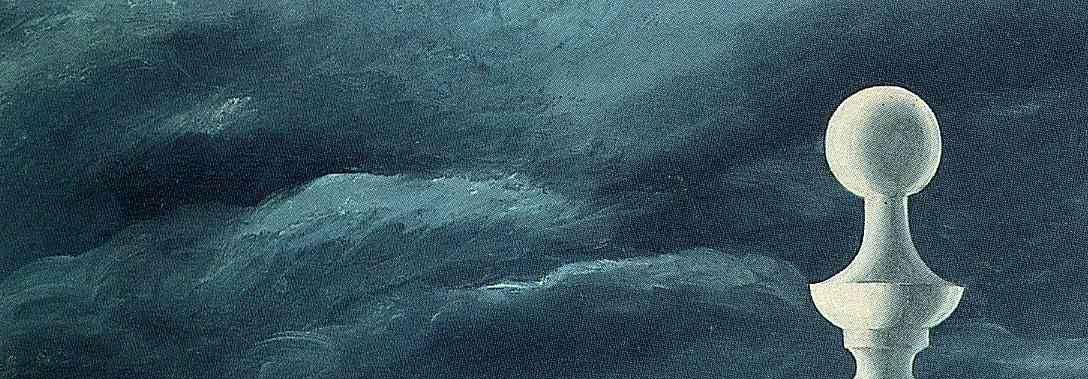
5 minute read
IS THE LACK OF ATONE MENT CONTRIBUTING TO PO- LAND’S GROWING XENOPHO- BIA?
Understanding the Underlying Causes of a Disturbing Phenomenon
Emilia Juchno
Advertisement
Since the election of the conservative right-wing Law and Justice party in 2014 and its re-election in 2019, Poland has seen an unsettling increase in openly xenophobic attitudes on the side of party members as well as its supporters, whose eagerness has been steadily increasing over the years. The xenophobic remarks made by members of the Law and Justice party are directed predominantly against immigrants or foreigners in general.
These attitudes echoed especially loudly during the 2015 Refugee Crisis in Europe when the members of the European Union faced a major task to provide shelter for refugees coming from the Middle East, which Poland sturdily refused to do. While the world bared witness to this humanitarian tragedy, many voices have come forward criticising Poland’s isolationist policy on immigrants. The words of Jan Gross, a reputable Polish-born historian, have caught significant attention as he argued that the growing xenophobia, which can be observed across Eastern-European countries, is a result of the inability of those countries to confront their populations’ “active and even enthusiastic participation in the extermination of European Jews and other ethnic minorities” (Gross, 2015). He compared the attitudes towards immigrants in Eastern European countries to those in Germany. Gross argued that Germany has become conscious of its historical crimes and through them has been able to learn how to approach modern-day challenges. I would like to analyse Gross’s statement, which has caused great controversy across Eastern-European societies, and its relevancy seven years later, with a particular focus on the example of Poland.
Since the very beginning of the Russian attack on Ukraine in February 2022, the Polish government has displayed such eager support to the incoming Ukrainian refugees, even the opposition praised them for it. They have been able to motivate the entire Polish nation to receive Ukrainians with open arms. They continued to support the individual efforts of Polish civilians, who have been looking for every possible way to help. As beautiful and important a gesture the Polish government had made, something does not sit right with me about its sudden generosity.
Although it has been months since the beginning of the war in Ukraine, the Polish people still seem to be unaware, or in denial of the duality that is occurring in our willingness to help. While Poland has already accepted almost two million Ukrainian refugees, every day it is allowing men, women, and children of Middle Eastern descent to die on its border with Belarus. This crisis began in 2021 as a result of a political game in which Belarusian president Lukashenko threatened to “flood” the European Union with refugees, mainly from Iraqi Kurdistan. His government invited the refugees to Belarus and then sent them off to bordering EU countries, providing precise instructions on how and where to cross the border. At the Polish border, many of them were met by a wired fence and armed border guards. The refugees were denied by the Polish government the possibility to file an asylum claim, as well as the government did not allow independent journalists, medics, and volunteers of non-governmental organisations to the border. There seems to be one logical enough explanation as to why Poland’s arms are only open to some while closed to others - the power of xenophobia in this country.
It is crucial to point out that in Poland there is a strong tendency to take on a ‘victim’ narrative regarding historical events. Through its undoubtedly tragic history of annexations and loss of nation-state, Poland has become reluctant to address its own historical crimes. The infamous Jedwabne Pogrom is surely an example Jan Gross had in mind. The Jedwabne massacre was carried out against over three hundred Polish Jews by ethnic Poles in collaboration with the German military police. Of course, no one would ever use this example to understate the scale of the tragedy that Poles themselves have experienced throughout the twentieth century on behalf of Fascist and Communist regimes. Nevertheless, the Jedwabne Pogrom is a moment in the Polish history which has never been properly settled in our historical consciousness. In this way, Gross may be right in his argument that Germany - although responsible for far more humanitarian crimes during World War Two - has never rejected the darkest episode of its history. Instead, it made sure that the awareness of the legacy of the German Nazi regime never dies. By admitting to their nation’s historical crimes, of which the burden will probably never be entirely lifted off of the contemporary generations’ shoulders, the German people have recognised the danger of xenophobia and its spread in their own ‘backyard’. While its attempts at abolishing internal xenophobia and racism may not have succeeded entirely, Germany has been able to do what Poland still has not - that is, it admitted to the cruelty of its past. By recognising its population’s historical tendency to shift towards extremist ideologies, Germany condemned xenophobia at a crucial moment in European history.
The growing xenophobia in Poland, including the country’s continuous and stubborn reluctance towards accepting immigrants of non-European descent or non-Christian affinity, is surely related to causes much more complex and numerous than merely an aspect of history-telling. It seems, however, that the problem is intricately connected to the lack of atonement of the country’s internal ugliness. Jan Gross might have been right when he suggested that countries like Poland have yet to come to terms with certain chapters in their national history they would rather erase. And only then will they be able to develop an appropriate approach towards the modern-day challenges of immigration, refugee-seeking, and cultural clashes.








